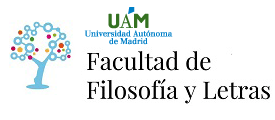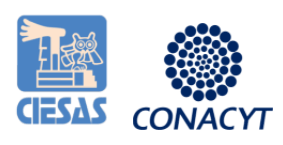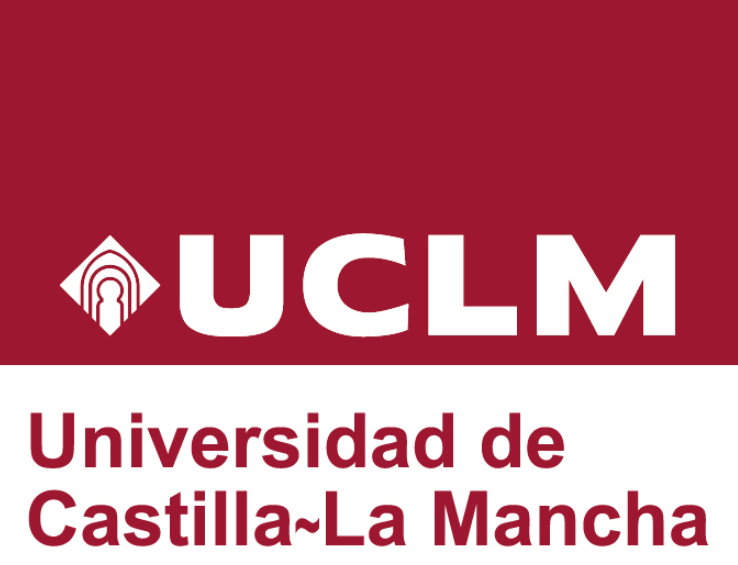Migrant heritage and stories from elsewhere. The cotton Zemi of the Museum of Anthropology and Ethnography of the University of Turin.
Within its ethnological heritage, the Museum of Anthropology and Ethnography of the University of Turin (MAET) harbors an extraordinary example of pre-columbian art and a rare Taíno evidence: the cotton Zemi. Until the discovery of the continent by Columbus, Taíno people inhabited the modern Dominican Republic but has been wiped out in less than a century during the european conquest. Dating back to the XV century, the Zemi has been kept in a cave not far from Santo Domingo, until when, in the early XIX century, it started his long journey to Europe and Italy. It is not yet clear when and how the sculpture became part of the MAET collections, the records indicates that Giovanni Marro, the founder and first director of the museum, received it in 1928. Zemi is a precious material record of a lost cultural world. Furthermore, as a migrant object, it lies at the core of a wide network of multiple and changing meanings that involved it during the several passages from hand to hand in the last 400 years. Actually Zemi finding and presence in Italy is part of a wider framework of relations and sights on “New World” that deserve to be inquired.
(*)El autor o autora no ha asociado ningún archivo a este artículo









